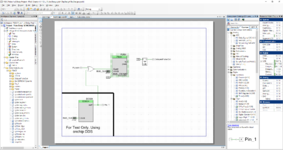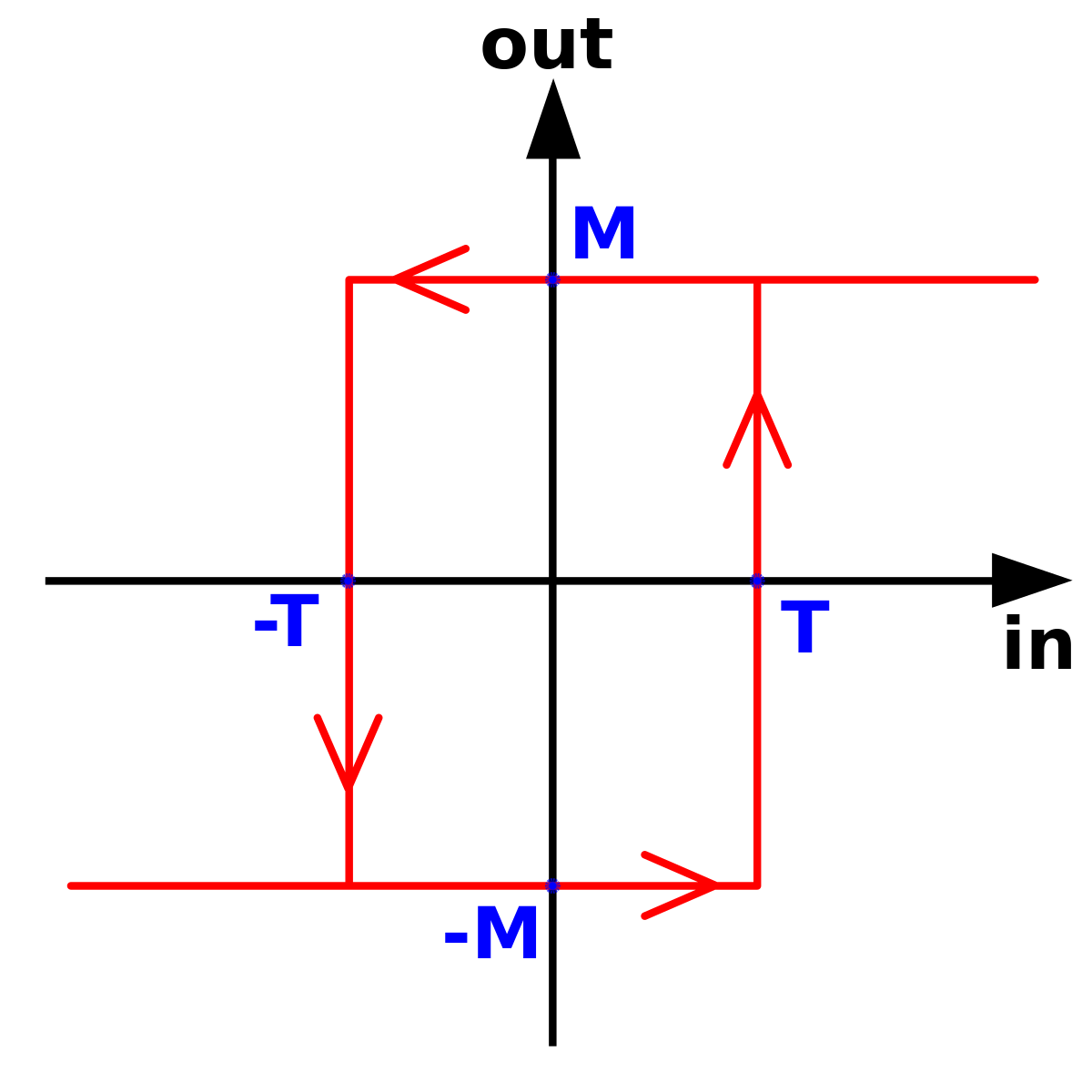hioyo
Advanced Member level 4
dear team,
I need to delay a suare wave by 1us( both rising and falling edge)
My expected I/P ,O/P waveform is given below,Can you suggest any method to do the same

Regards
hari
I need to delay a suare wave by 1us( both rising and falling edge)
My expected I/P ,O/P waveform is given below,Can you suggest any method to do the same
Regards
hari

